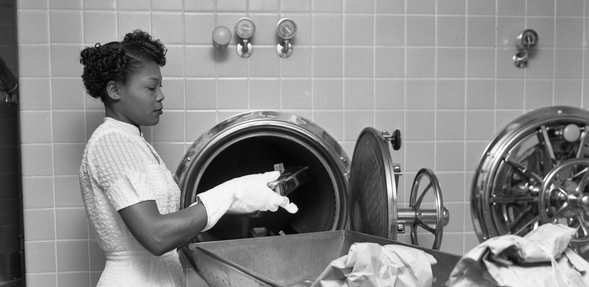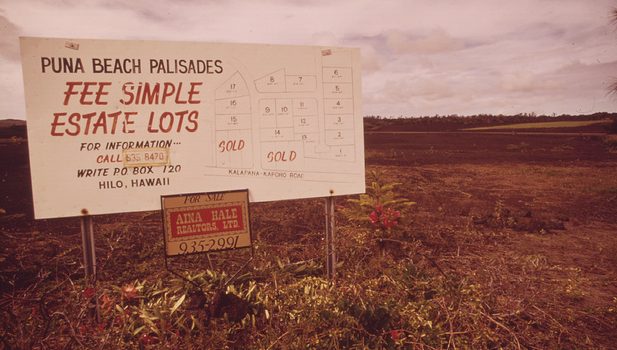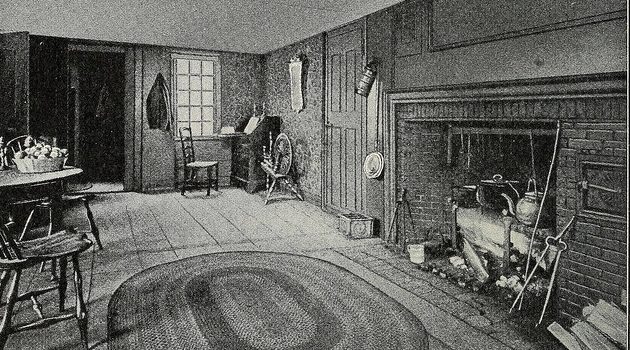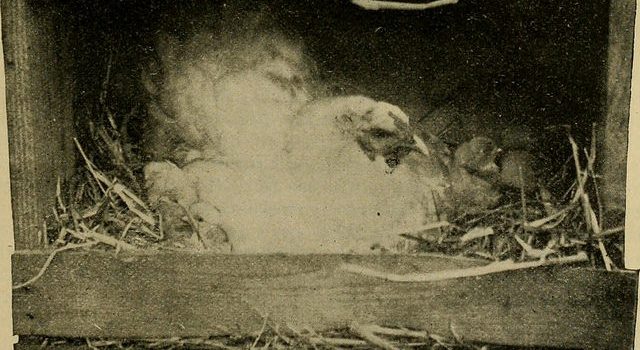The Coast HX4 Light, by The Novice
Last summer, I went to a garage sale. There, I found a brand new clip light for sale for two dollars. That was too good a deal to pass up, so I bought the light and put it on a shelf in my workshop. It sat there for several months. Then, one autumn evening, I needed to move some firewood after darkness fell. I looked at the various headlamps on my shelf, and decided to give the new one a try. I was very impressed. The little light cast a bright white flood of light wherever I turned my head. …











